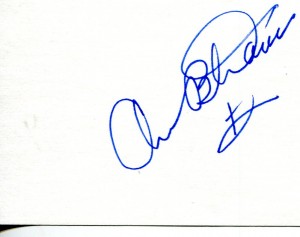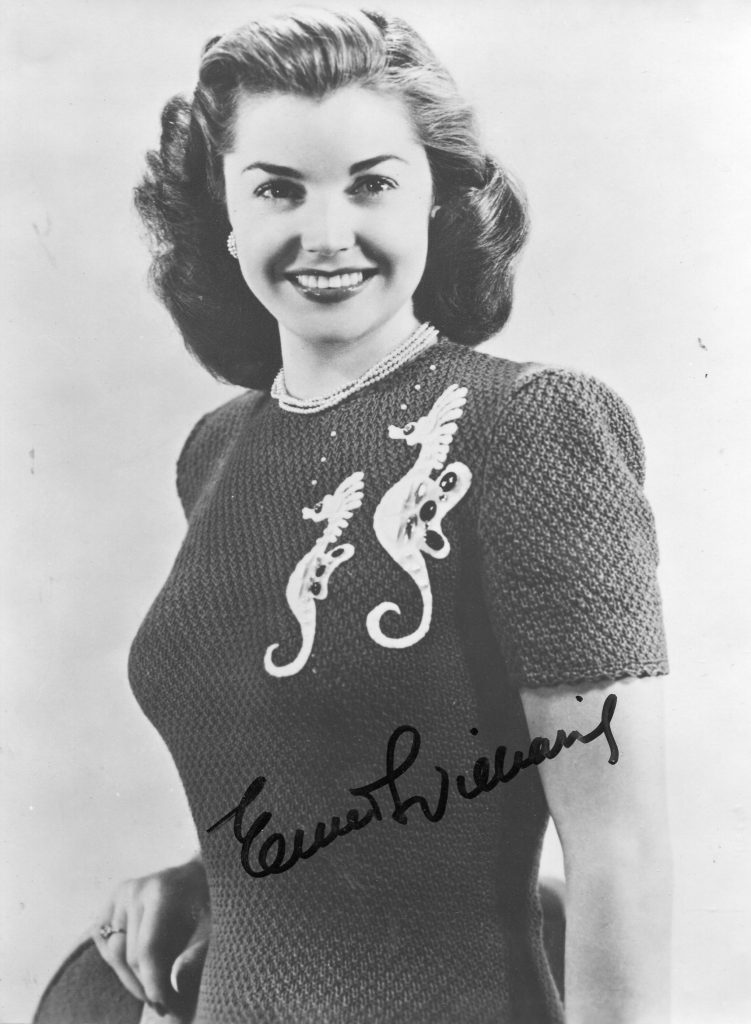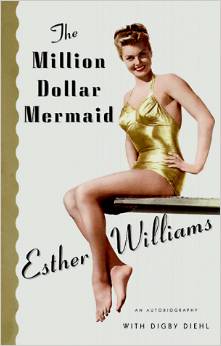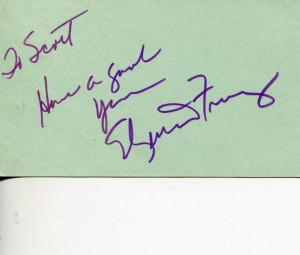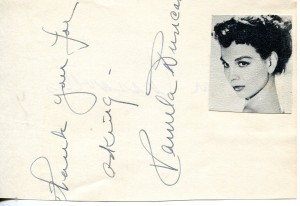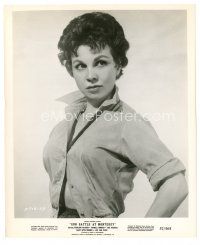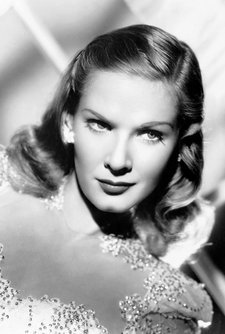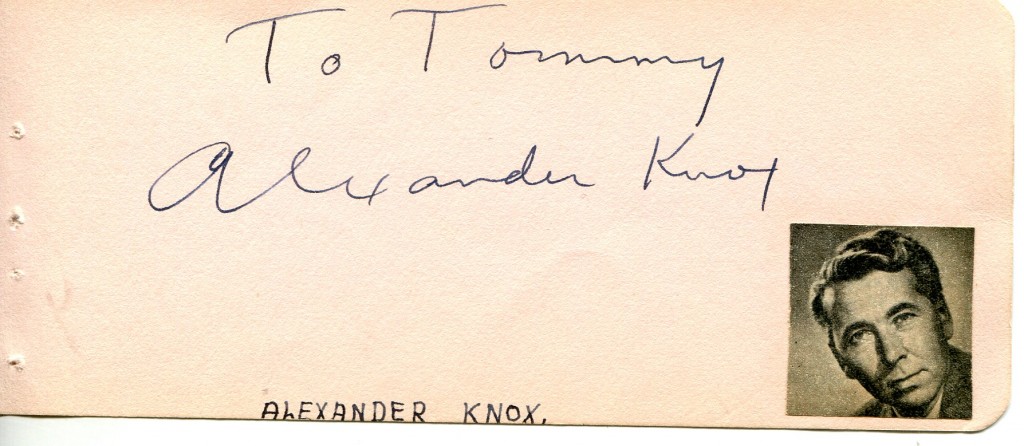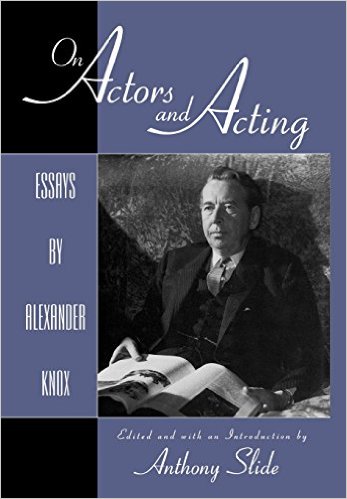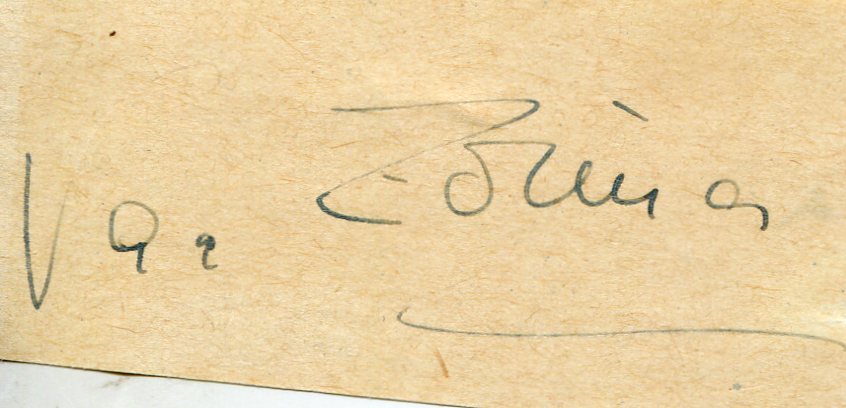
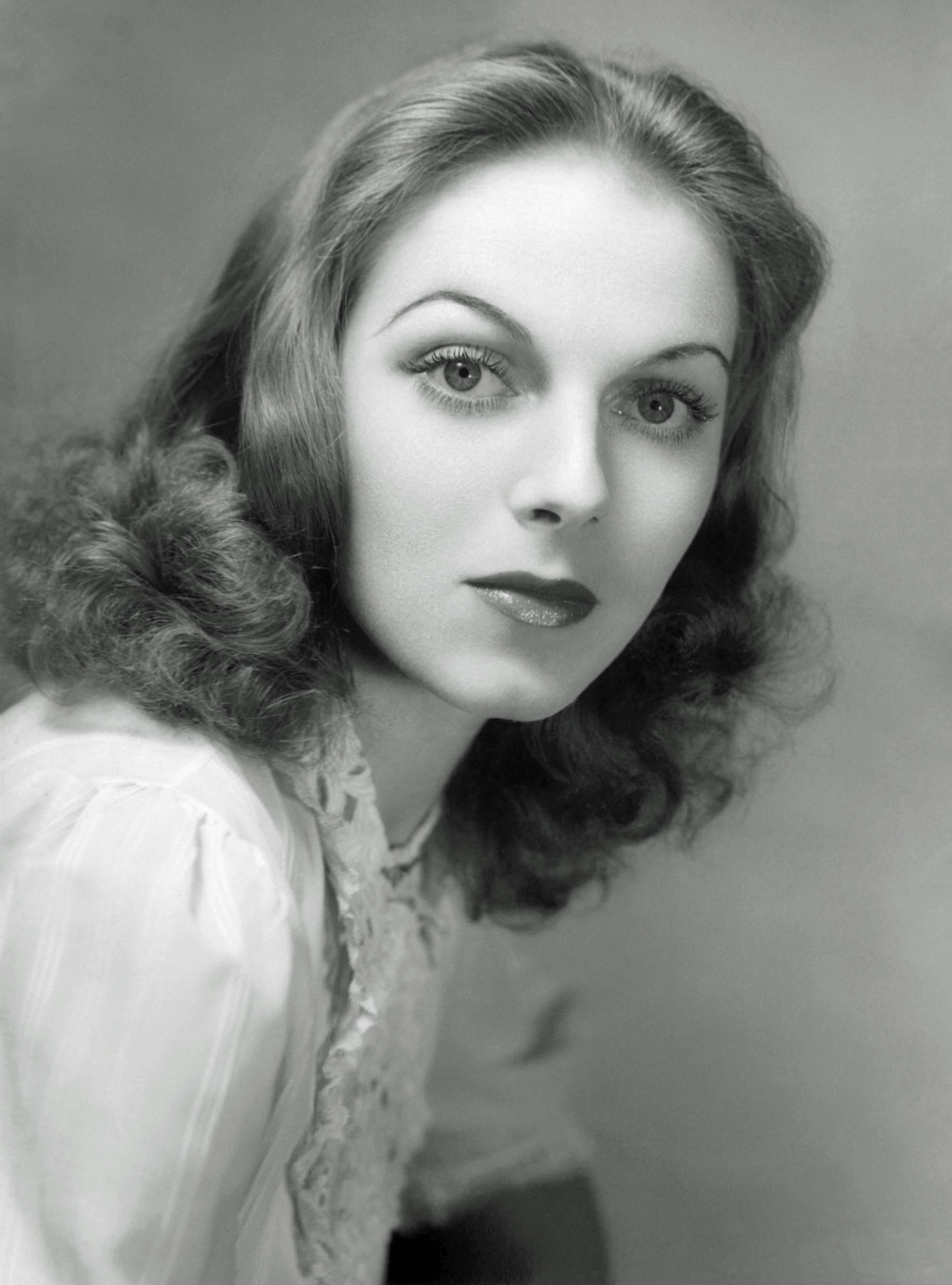
The “Guardian” obituary from 2003:
Vera Zorina, who has died aged 86, began her career as a dancer, but branched out into many forms of musical theatre.
Born Eva Brigitta Hartwig, in Berlin, she made her debut at the age of 14 as the First Fairy in Max Reinhardt’s production of A Midsummer Night’s Dream in 1930, and worked for him again the following year in Offenbach’s Tales Of Hoffmann. She then moved to London, where she studied with Marie Rambert and Nicholas Legat.
In 1933, Anton Dolin spotted her and cast her opposite him in Ballerina, a play with ballet interludes. Her name was changed to Vera Zorina (in private she remained Brigitta) when she was invited to join Colonel de Basil’s Ballets Russes de Monte Carlo in 1934.
Léonide Massine cast her in leading roles in several of his ballets, including La Boutique Fantasque, Le Beau Danube and Les Presages. She also danced in Bronislava Nijinska’s Les Noces, which de Basil briefly revived. Although Massine was married at the time to another dancer, Evgenia Delarova, Zorina became his lover, a fact of which she made no secret in her autobiography Zorina (1986).
In 1936, she left de Basil to star in the London production of the Rodgers and Hart musical, On Your Toes. A hit in New York, where it starred George Balanchine’s first wife, Tamara Geva, and Ray Bolger, the show was an artistic if not a commercial success in London. She also appeared in London in Balanchine’s Slaughter On Tenth Avenue, in which the hoofer hero (Jack Whiting) danced a pas de deux with the dead striptease dancer (Zorina).
Balanchine did not go to London to supervise his choreography, but Zorina was soon to work with him when Samuel Goldwyn brought her to Hollywood to appear in his film The Goldwyn Follies, for which Balanchine had been engaged to stage the ballets. The most notable was the Water Nymph ballet, in which Zorina rose from a pool in a gold lamé tunic.
This began a long professional and personal association with Balanchine. Soon after finishing the movie in 1938, Zorina was featured on Broadway in another Rodgers and Hart musical, I Married An Angel, with ballets by the choreographer. By the time The Goldwyn Follies was released, she and Balanchine were married. The following year she appeared in the film version of On Your Toes. On Broadway in 1940, she starred in the Irving Berlin musical Lousiana Purchase, again with ballets by Balanchine. (The film version of 1941 was essentially a record of the stage show and included his Mardi Gras ballet, without screen credit.)
Zorina also had aspirations as a dramatic actress but, cast opposite Gary Cooper in the film of Ernest Hemingway’s For Whom The Bell Tolls, she was replaced after a few days’ filming by Ingrid Bergman. This put paid to Zorina’s ambitions and effectively to her film career.
She made a brief return to ballet in 1943, as a guest artist with (American) Ballet Theatre, where Balanchine cast her as Terpsichore in a revival of his Apollo. But it seemed that the ballet public was not prepared to accept her as a serious ballerina, and she returned to the Broadway stage in 1944 in another Balanchine musical, Dream With Music. When she played Ariel in The Tempest the following year, he arranged her movements, though without credit.
B y this time their association was only professional, and in 1946 they were divorced. Zorina then married Goddard Lieberson, later president of Columbia (CBS) Records. But in 1954 there was yet another production of On Your Toes on Broadway, this time under Balanchine’s personal supervision, and Zorina starred again as the temperamental Russian ballerina, 14 years after playing the part in the West End.
Always a glamorous, cultivated woman, Zorina was entirely at home in the New York intellectual and artistic circles in which both her husbands moved. In later years, she enjoyed considerable success as a narrator in such works as Arthur Honegger’s Jeanne d’Arc Au Bûcher and Claude Debussy’s Le Martyre De Saint-Sebastien. She worked again with Balanchine when she recited André Gide’s text for Perséphone in the New York City Ballet’s 1982 Stravinsky Festival.
Zorina also directed operas for the Santa Fe Opera, New York City Opera and the Norwegian Opera.
She is survived by her third husband, Paul Wolfe, a harpsichordist, and her son Peter Lieberson, the com poser. Another son by her marriage to Goddard Lieberson predeceased her.
· Vera Zorina (Eva Brigitta Hartwig), dancer, born January 2 1917; died April 9 2003
Gary Brumburgh’s entry:
Practically born with ballet slippers on, the dark, lithe and exotic Vera Zorina had memorable careers with the Ballet Russe and, to a lesser degree, Hollywood. Born in Berlin, her father Fritz was German and mother Billie Hartwig Norwegian. She took to ballet at age 2 (she used to take them to bed with her) and by age 4 was performing. She received her education at the Lyceum for Girls in Berlin but was trained in dance by Olga Preobrajenska and Nicholas Legat, the latter teaching Anna Pavlova and Nijinsky at one time.
The dancing prodigy was presented to Max Reinhardt at age 12 and he in turn cast her in his “A Midsummer Night’s Dream” (1929) and “Tales of Hoffman” (1931). A performance at London’s Gaiety Theatre led to her entrance into the company of the Ballet Russe de Monte Carlo in 1933. She was encouraged to change her stage name to something Russian and exotic in style and she chose “Vera Zorina” for its authenticity and simplicity from a long list of names. She also learned Russian in the process to feel closer to her dancing compatriots. She stayed with the renowned ballet company for three years appearing everywhere from Covent Garden in London to the Metropolitan Opersa House in New York.
Again, timing proved to be on Vera’s side when she won a lead role in the London company of “On Your Toes” in 1937 and was spotted by movie mogul Samuel Goldwyn, who signed her to a movie contract. The build-up was considerable and she made her official debut with the musical The Goldwyn Follies (1938). That same year she increased her visibility ten-fold by marrying noted choreographer/director George Balanchine. She followed her film debut successfully recreating her role in the movie version of On Your Toes (1939) and then played the role of a faux countess in the comedy crime caper I Was an Adventuress (1940). She impressed on Broadway with “I Married an Angel” and even more so in the 1940 musical “Louisiana Purchase” before returning to Hollywood once again to perform in the movie version of Louisiana Purchase (1941) opposite Bob Hope. She was cast as Maria in what could have been the beginning of a dramatic career in the Oscar-winning For Whom the Bell Tolls (1943), but was abruptly replaced after only two weeks of shooting by Ingrid Bergman, an action that proved detrimental to her movie career. When the sudden surge of film offers began to wane after the releases of Follow the Boys (1944) with George Raft and Lover Come Back (1946) co-starring Lucille Balland George Brent, she bade Hollywood a prompt goodbye.
Following her divorce from Ballanchine in 1946, she married Goddard Lieberson, president of Columiba Records and a social whirlwind ensued. The prominent couple went on to have two sons, Peter and Jonathan. In later years her lilting accent was used for narrations (in several different languages, including English, German and French) on several records and in tandem with numerous classical symphony orchestras and opera houses. She also directed a production of “Herod” for Norwegian TV. Vera was active with the Lincoln Center as an adviser and director and for several seasons directed operas at the Santa Fe Opera Company in New Mexico. She died in Santa Fe of a cerebral hemorrhage in 2003, predeceased by her second husband and son Jonathan.
– IMDb Mini Biography By: Gary Brumburgh / gr-home@pacbell.net




